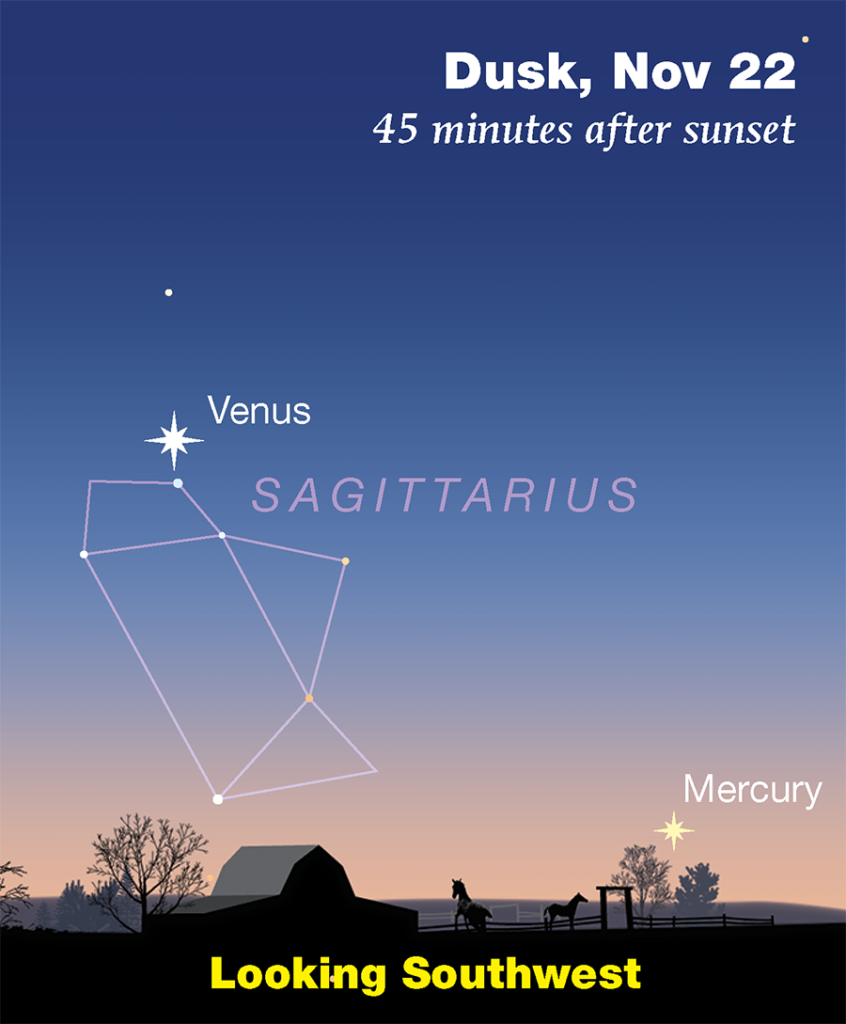
Everyone is buzzing about that dazzling light in the night sky this weed in the southwest just after sunset—it is Venus! This celestial gem shines brightly, casting its pure white glow as the first “star” of the evening. Venus is on its way into the constellation Sagittarius and is currently the second brightest object in the night sky, only outshone by the moon. If you’re in a dark area, you might even spot Venus casting a faint shadow! It sets about 2.5 hours after the sun, so catch it while you can.
Nearby, Mercury makes an appearance, but you’ll need to act quickly. Look for it in the southwest about 30 minutes after sunset, just below and to the right of Venus. Mercury is faint compared to Venus—36 times dimmer—but it’s at its farthest point from the sun this week, nestled in the constellation of Ophiuchus, the so-called 13th zodiac constellation.
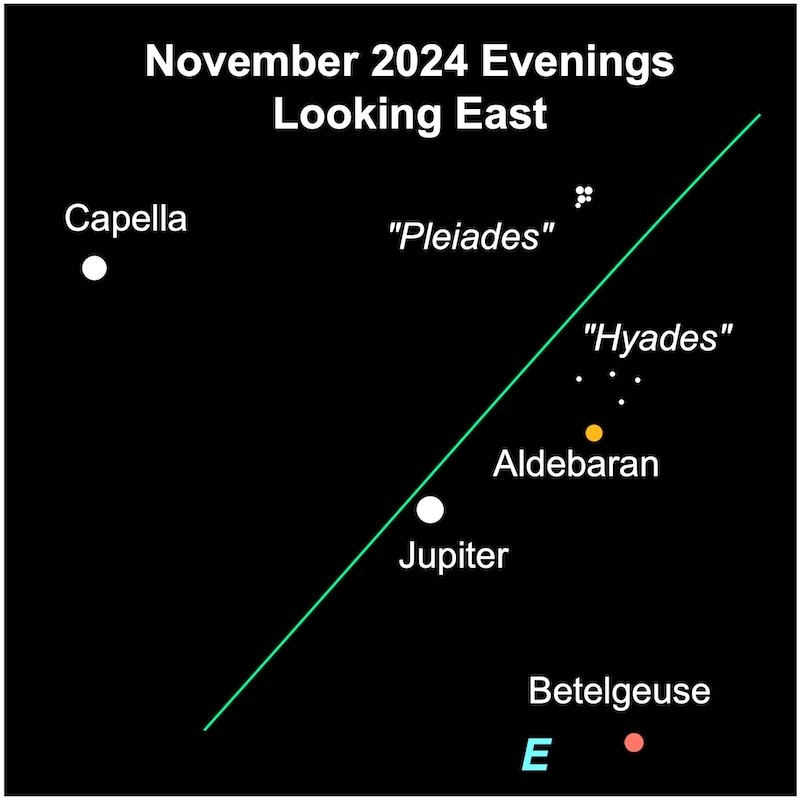
Later in the evening, Jupiter takes center stage, rising in the east around 10 PM. You can’t miss it—it’s the third brightest object in the night sky and is hanging out between the horns of Taurus the Bull. As dawn approaches, Jupiter will dominate overhead, one of the last lights to fade in the sunrise. Keep an eye out for Orion, the mighty hunter, which climbs up from the eastern horizon around this time.
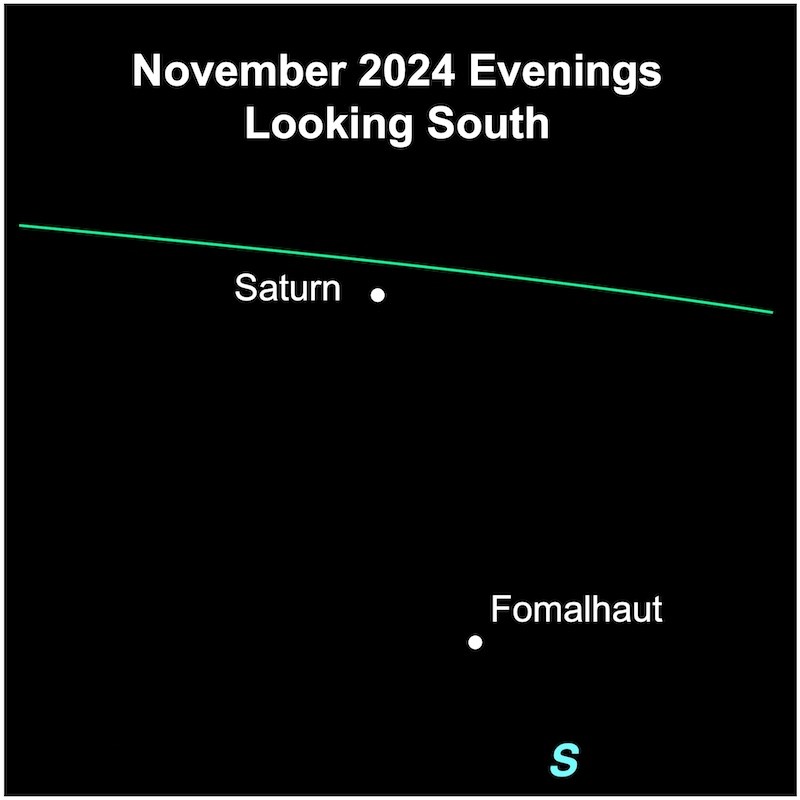
High in the southern sky after dark, Saturn shines prominently in Aquarius. It’s easy to spot as the brightest object in that region. If you have a telescope, this is your chance to marvel at its famous rings. On Sunday night, the moon will swing close to Saturn, adding a special touch to your stargazing.
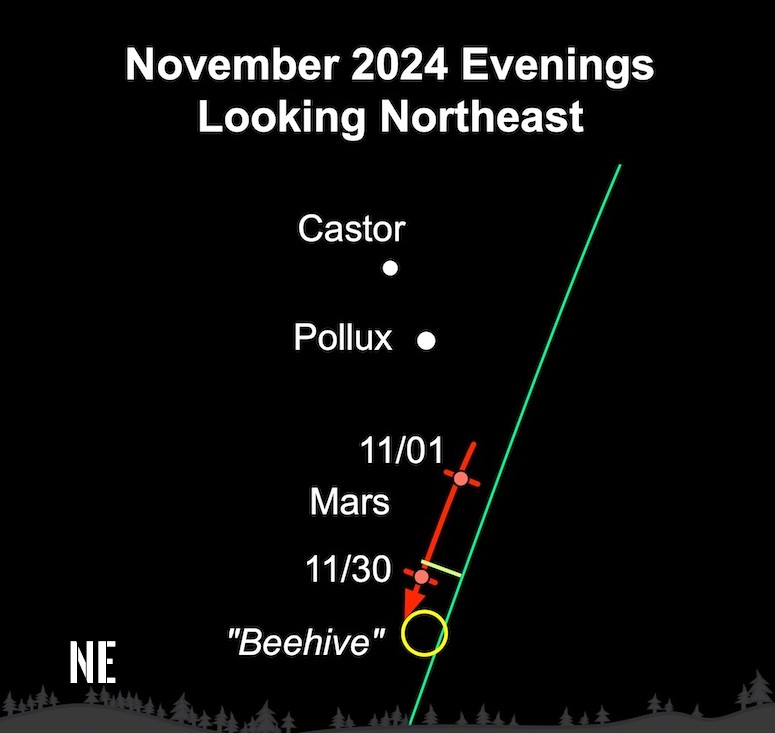
Mars joins the show just before midnight, rising in Cancer near the bright stars Castor and Pollux in Gemini. As the year wraps up, the red planet will grow brighter and move closer to Earth in its orbit. Midweek, the moon will pass close by, offering a lovely pairing in the southwest.
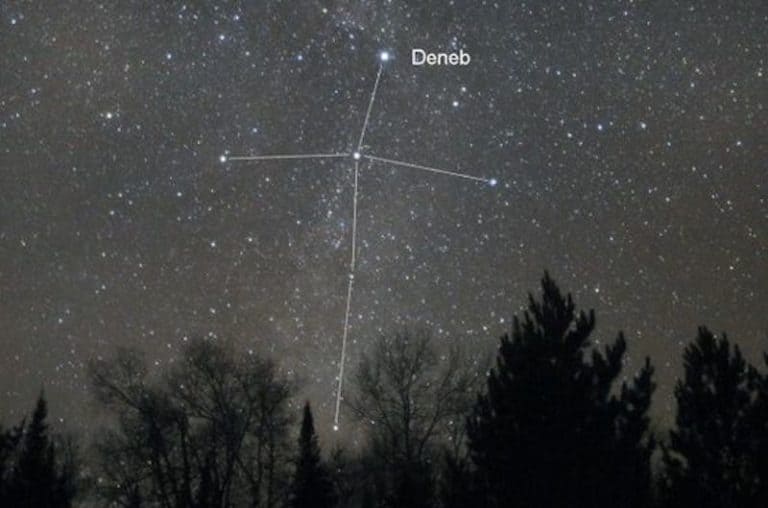
As the night unfolds, Vega remains a standout in the west-northwest, with Deneb forming the Northern Cross above it. By 11 PM, the cross will stand upright on the northwest horizon, a beautiful season marker.
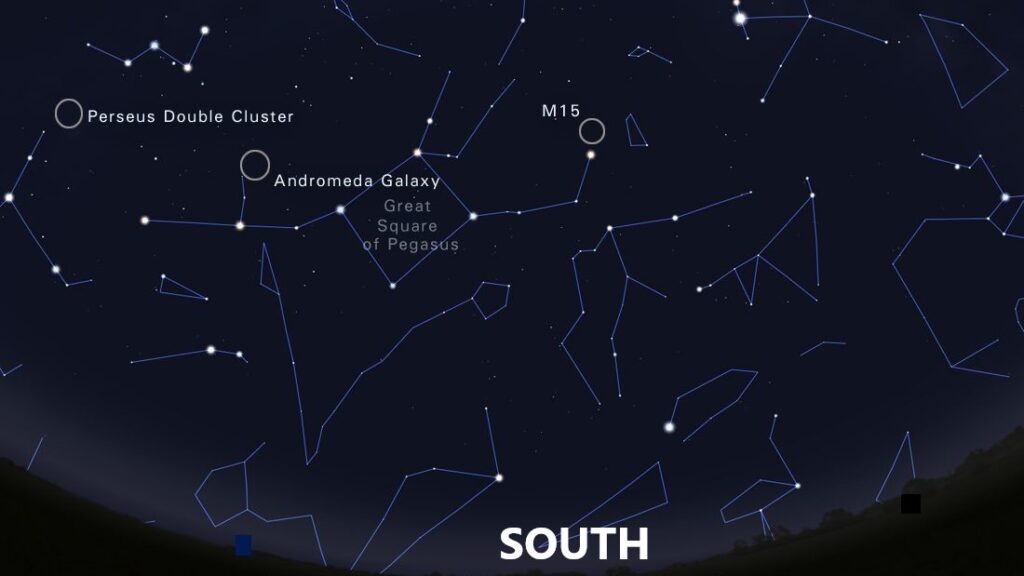
Overhead, the Great Square of Pegasus dominates the sky. In Greek mythology, Pegasus is the winged horse born from Medusa’s blood, a symbol of heroism. Just south of Pegasus, Fomalhaut—often called the “loneliest star”—shines in the southwest. This year, Fomalhaut has company: Saturn shines nearby, steady and bright, while Fomalhaut twinkles in the autumn skies.
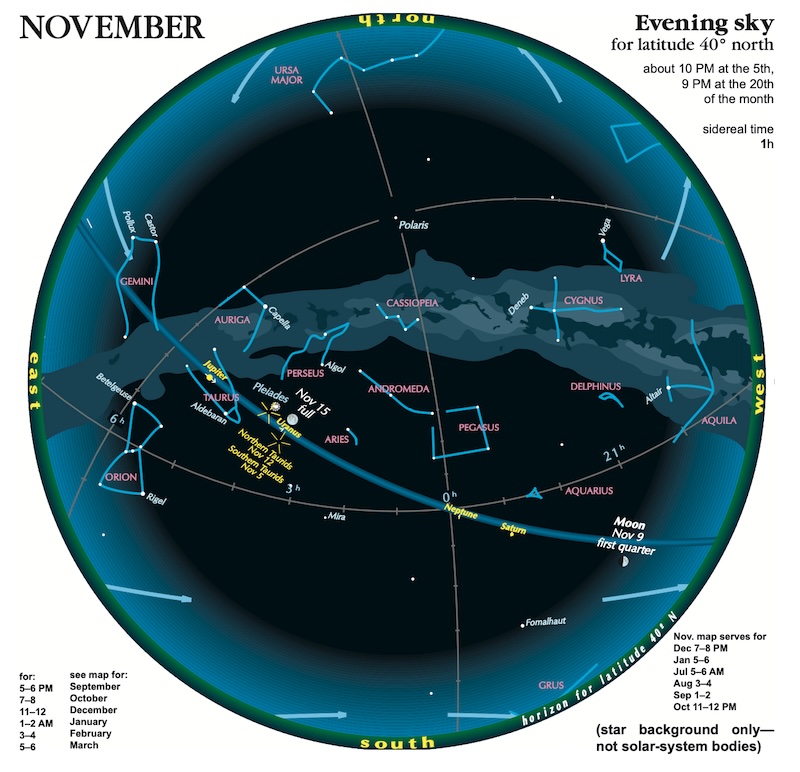
Enjoy this stunning celestial lineup throughout the week of November 29! The universe has quite a spectacle in store for us.
